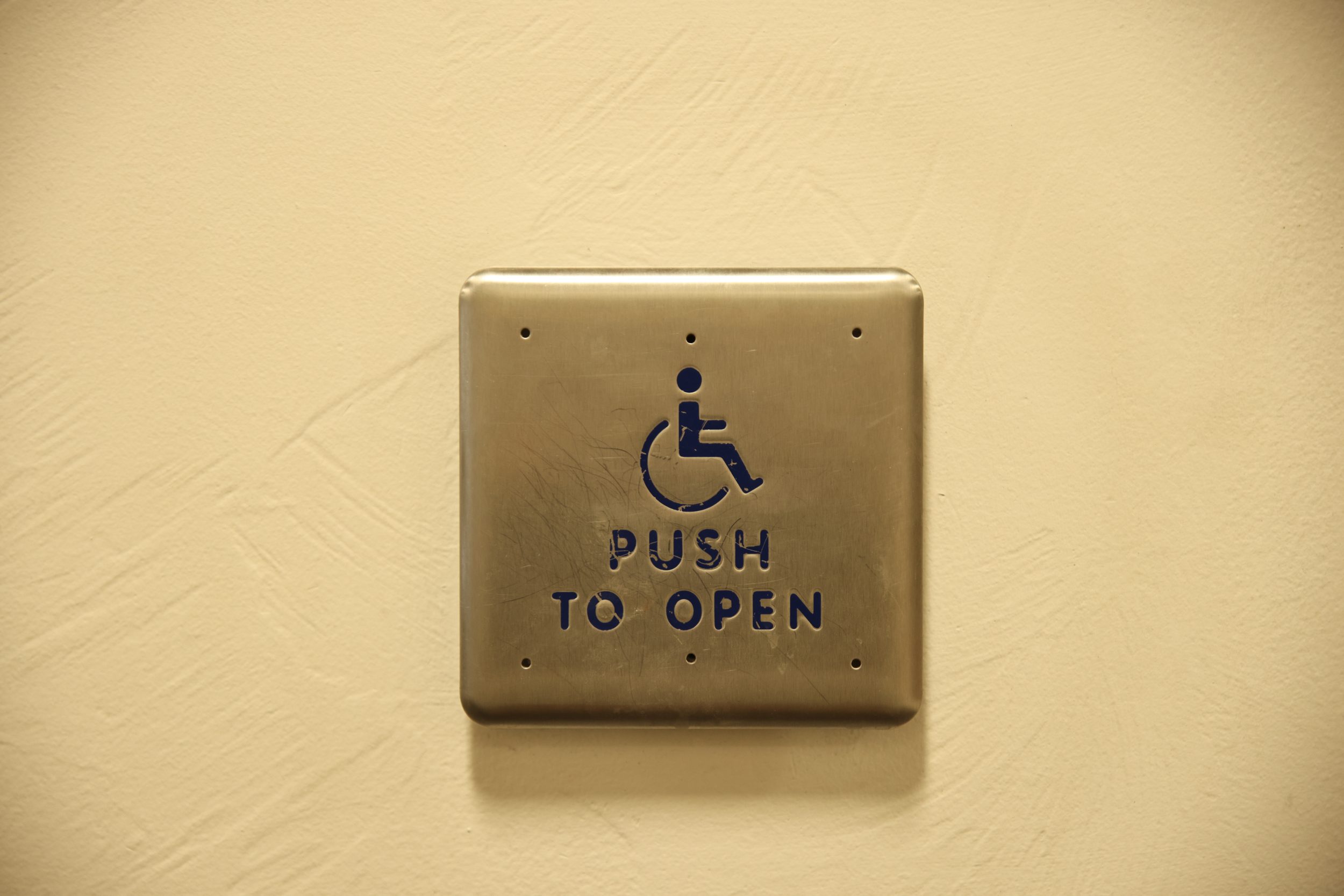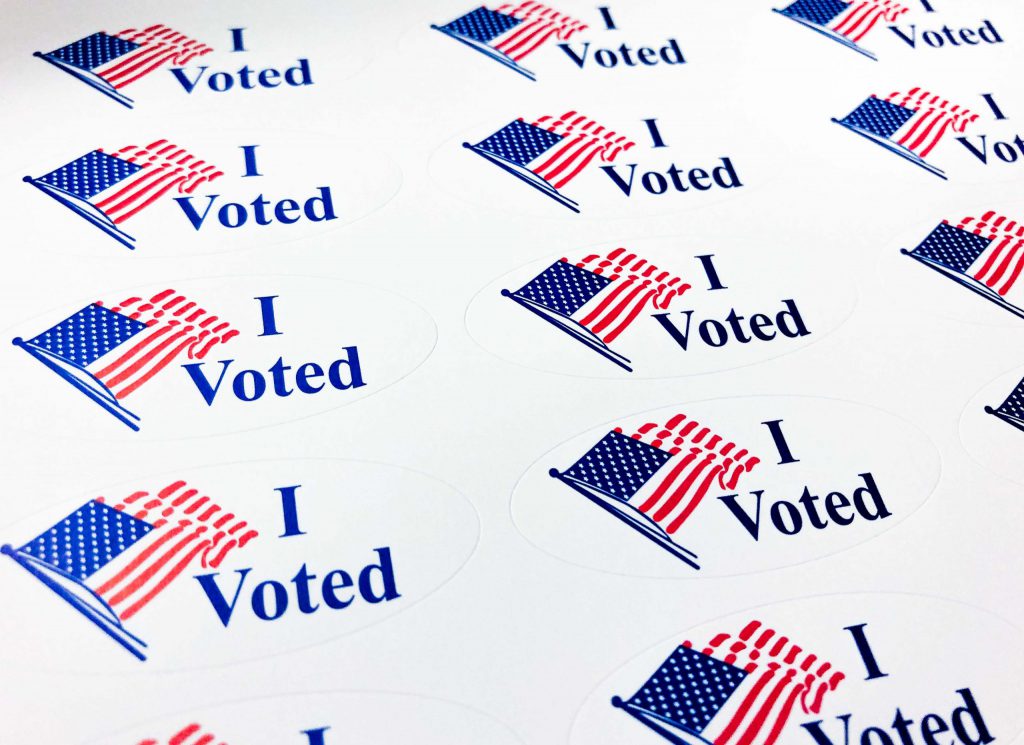The Utah Tech University Disability Resource Center faculty recognizes the need to increase accessibility on campus for students.
Because of the increased need for accessibility for those with disabilities on campus, the DRC staff is in the process of creating a new program: the Student Accessibility Advisory Board. This board will be implemented in Fall 2023.
This will be a board full of students at Utah Tech who will work together to find and fix accessibility problems on campus. A DRC staff and faculty member will be the adviser for the board and help assess the presented problems and solutions.
The DRC provides multiple resources for students in need; students who have been diagnosed with a disability can apply for services for academic accommodations.
Kayla Henry, Disability Resource Center coordinator, said some common accommodations the DRC provides are extended time for exams, distraction reduced testing area, notetaking assistance, ASL interpreters and audiobooks.
To see if a student is eligible for disability resources, students can visit their DRC website to access the application. Once they have filled it out and attached the proper documentation, it goes to the DRC staff to evaluate.
“After evaluating the application and documentation that was submitted, it is our job to determine eligibility, and provide reasonable accommodations to the student, so as to eliminate any barriers that they may experience on campus due to their disability,” Henry said.
A professor on campus has also made it her goal to educate her students about the accessibility in the community. Kari Gali, associate professor of education, gives her students the assignment of spending one hour in a wheelchair around campus or the community to test the accessibility for those who need it.
“Since they aren’t experts on ADA (American’s with Disabilities Act) requirements, I don’t ask them to evaluate their space,” Gali said. “However, they are asked to reflect on what they’ve learned related to accessibility.”
Gali said one comment that pops up a lot with this assignment is accessibility doesn’t always mean convenience.
Gali said: “This statement stems from them learning that a ramp doesn’t always lead directly to an accessible door. Or, an accessible entrance isn’t always where you come from. Sometimes they do notice things that are problematic such as buttons for doors that don’t work, or paper towel dispensers in some bathrooms that are too high for someone in a wheelchair.”
Another thing that came up with Gali’s assignment is people’s reactions to the students in wheelchairs. While some interactions may be positive like someone holding the door open for them, some interactions may not be. Some students shared the looks of pity or someone looking uncomfortable around them.
“It’s a very short experience, so their insights and experiences are limited,” Gali said. “My goal is to help them understand why the ADA is so important, as well as helping them gain an understanding accessibility issues someone in a wheelchair may experience.”



